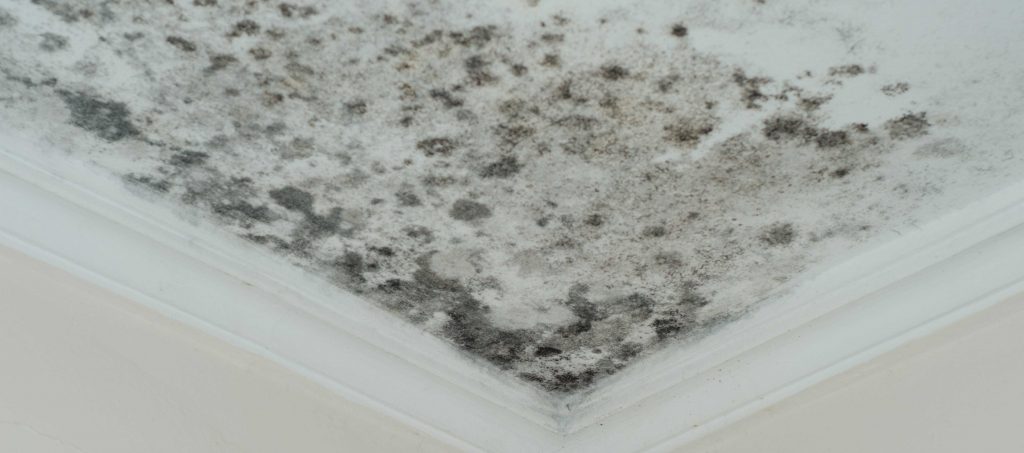Most Common Types Of Mold Inside Homes in Springfield Missouri
If you’re concerned that you might have mold inside your home or business, one of the first steps you may consider is having an air quality sample taken to see if they detect any mold.
What you may not realize is that there are many kinds of mold species that show up on air quality samples, because mold is common in our environment.
When testing the air quality in your home, what are the most common species of mold you will find? What is normal and what is cause for concern?
The main reason for testing the air quality in your home or office building is usually because you are wondering if you have a mold problem. You may have noticed that you or your family are consistently feeling ill or you may have had a recent water issue and you want to make sure that didn’t cause a long term mold problem.
Whatever the reason, testing your air quality can be a good first step, as long as you have someone who knows how to accurately read the test results.
All of our homes will have mold counts come back on an air quality test. That doesn’t necessarily mean you have a mold issue that needs to be addressed, because mold is natural in the environment.
Mold will get into your house through open windows and doors, or it can be tracked in from pets and people’s clothes. That will not cause enough of a mold problem that needs to be addressed unless you have an active moisture problem inside. That’s when mold growth can occur and cause you an actual mold problem that might need to be resolved by a mold remediation specialist.
So what are the most common mold species that show up on an air quality test? The most common mold types that are found indoors are Penicillum/Aspergillus (these are grouped together many times because of their like appearance when viewing under a microscope) and Cladosporium.
Penicillum/Aspergillus mold counts inside your home usually show that you have a moisture problem that has led to mold growth. These mold species can cause symptoms similar to pollen allergies, such as runny nose, watery and itchy eyes, etc.
Penicillum/Aspergillus counts are usually very low outdoors, so when you see high spore counts from a test taken inside someone’s home, then it’s usually a sign that there is an actual mold and moisture issue somewhere that needs to be resolved.
Cladosporium is found on indoor samples, but that’s because it’s one of the most common outdoor species. Mold spores get in our homes through open doors and windows so you will often have Cladosporium show up on your air quality results.
As long as those mold counts aren’t drastically elevated compared to the outside, then it usually doesn’t signify a major issue that needs to be addressed.
Those mold species are common to find on air quality tests and there are countless other less common species.
What do we not want to see on an air quality test? The two major mold species that we don’t want to see are Stachybotrys and Chaetomium. These are what are often identified in the media as “black mold” and are toxic types of mold.
These can affect your health negatively much worse than just allergies. Toxic mold species growth is caused most often due to materials like drywall getting very wet. Many times this can be caused by a leak that goes unnoticed and is not dried up very quickly.
All mold inside homes is not necessarily bad. It’s helpful to know what types of mold are common to find on your air quality results and what species you don’t want to see.
The best way to know for sure if you have mold inside your home that needs to be addressed is to have a mold inspection and let an air quality professional review your test results and explain them in a way that you fully understand.
You can trust the mold specialists at Dog Gone Mold for honest and true evaluations and not resort to scare tactics simply to try to get more business. If you want peace of mind to know if your family is safe or if you have a legitimate mold problem that needs to addressed, give us a call today.
